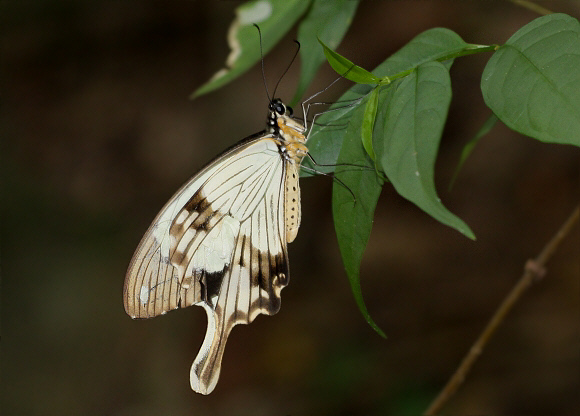
Introduction
There are about 90 recorded species of Papilionidae in the continent of Africa.
The male of Papilio dardanus is unique in appearance, but the female occurs in several forms, most of which are untailed and mimic the colours and patterns of other butterfly species. The models are species that are unpalatable to birds – e.g. Danaus chrysippus, Amauris echeria, Amauris niavius (Danainae) and Acraea poggei (Acraeini). Females of dardanus from Ethiopia are often tailed like the male, but have patterns which suggest that they mimic moths in the family Uraniidae.
The Mocker Swallowtail, also known as the Flying Handkerchief is found across most of sub-Saharan Africa, including Madagascar.
Habitats
This is primarily a rainforest and cloudforest species, but also commonly occurs away from these habitats, e.g. in Ngorongoro Crater in Tanzania and in the highlands of Ethiopia. It can also be seen in botanical gardens and city parks. The butterfly can be found at altitudes up to at least 1800m.
Lifecycle
The larval foodplants include Calodendron, Clausena, Citrus, Fagara, Teclea, Vepris, and Toddalia (Rutaceae), and Xymalos (Monimiaceae).
Adult behaviour
Males visit damp ground to imbibe moisture but are more often seen in flight in the sub-canopy or around flowering bushes. Both sexes visit a wide range of flowers including Lantana, and also visit decomposing fruit.
At dusk, the butterflies go to roost hanging from the foliage of trees. The highly reflective creamy-white males can often be picked out in vehicle headlights when driving along forest roads at night. At dawn, even when temperatures are low, they are extremely alert, and it is almost impossible to get within 5 meters of them without them instantly taking flight. This alertness is presumably a defence against foraging birds, which are most active at dawn.

